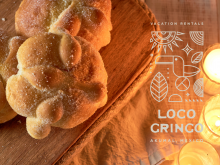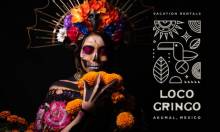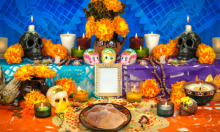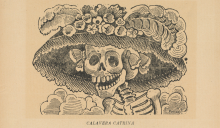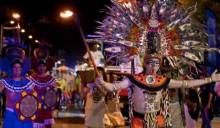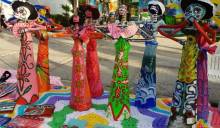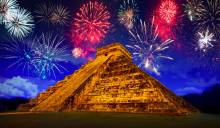Learn how to make authentic Pan de Muerto with Chef David, perfect for Día de Muertos. Discover our recipe and explore private chef services in Riviera Maya.
You are here
Discover the rich heritage and vibrant customs of Mexico while vacationing in the Riviera Maya. From ancient Mayan history and colorful festivals to traditional cuisine and local artisan crafts, this section is your gateway to immersive cultural experiences. Whether you're interested in learning about Day of the Dead, participating in a temazcal ceremony, or savoring authentic Yucatecan dishes, our blog offers insights and tips to help you connect with the heart and soul of Mexico during your trip.
Learn who observes Día de Muertos in Mexico and discover the traditions behind this meaningful holiday. Explore altars, food, public art, and family-friendly activities for this special time.
All volunteer job and donations from travelers, are greatly appreciated by local people. There are many organizations with projects to help communities.
Dive into Mexico's vibrant 'Day of the Dead' traditions! Craft a personal altar & understand the significance of each element.
By law, starting Jan. 15, 2023 smoking on the beaches is prohibited from this Sunday
4 things you may not know about Mexico’s Day of the Dead's most iconic spokesmodel.
El Dia del Amor y la Amistad is Mexico's unique and charming holiday, celebrating all of the people you love and cherish!
Just another reason to love it here! Carnaval is an official Mexican holiday. A five-day celebration prior to the start of Catholic lent, which begins on Ash Wednesday. Commencing the weekend before Ash Wednesday, Carnaval is an exuberant celebration of parades, music, dancing, floats and...
The streets of downtown Isla Mujeres always offer souvenir shops with colorful merchandise displayed in their doorways and along their sidewalks, creating a vibrant hub for purchasing seashells, Maya-inspired dresses, sarongs, and endless other options to take home from your stay on the island.
Mexicans love to celebrate the holidays. Here are a few of our favorite holiday rituals to help increase happiness, success, fortune and love in the new year.

